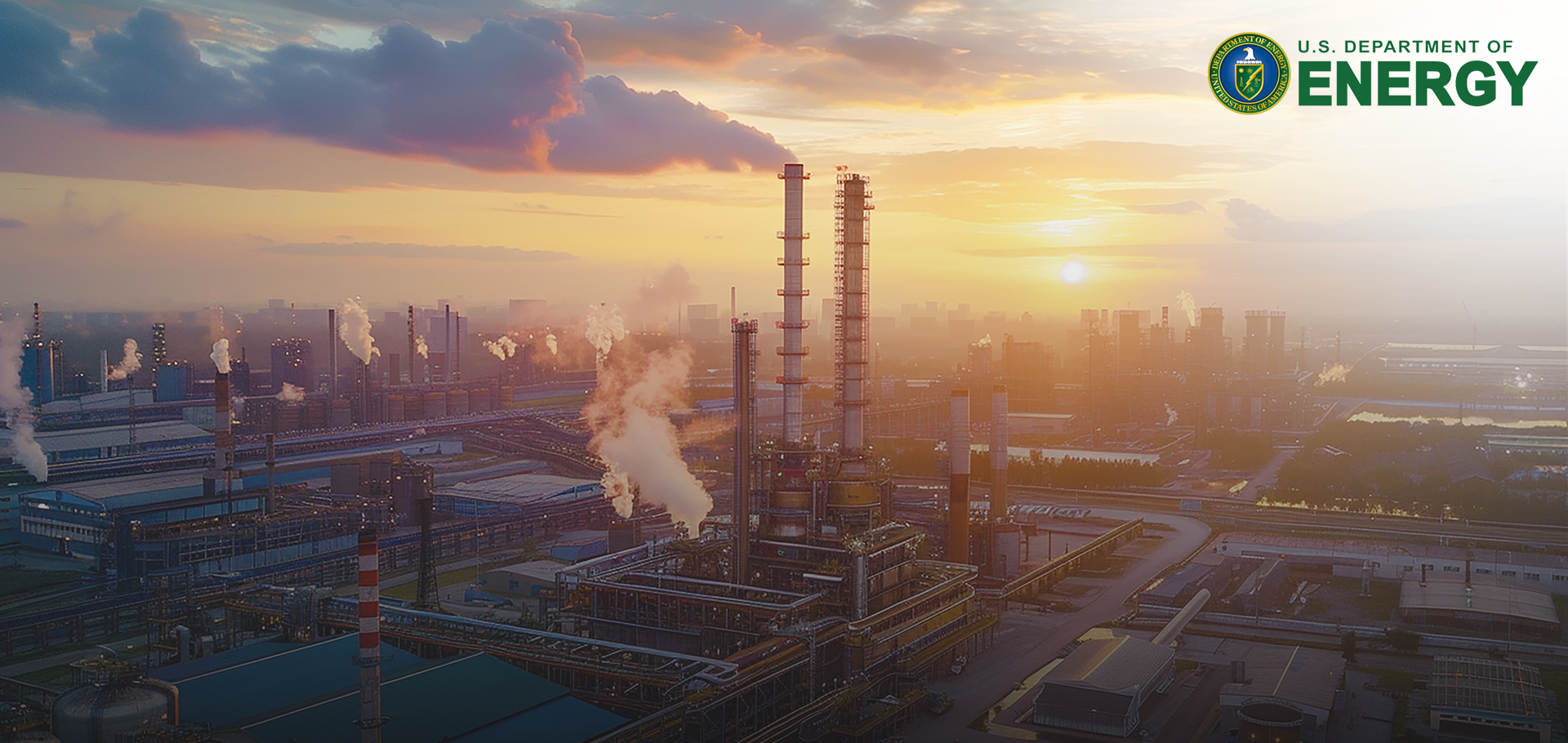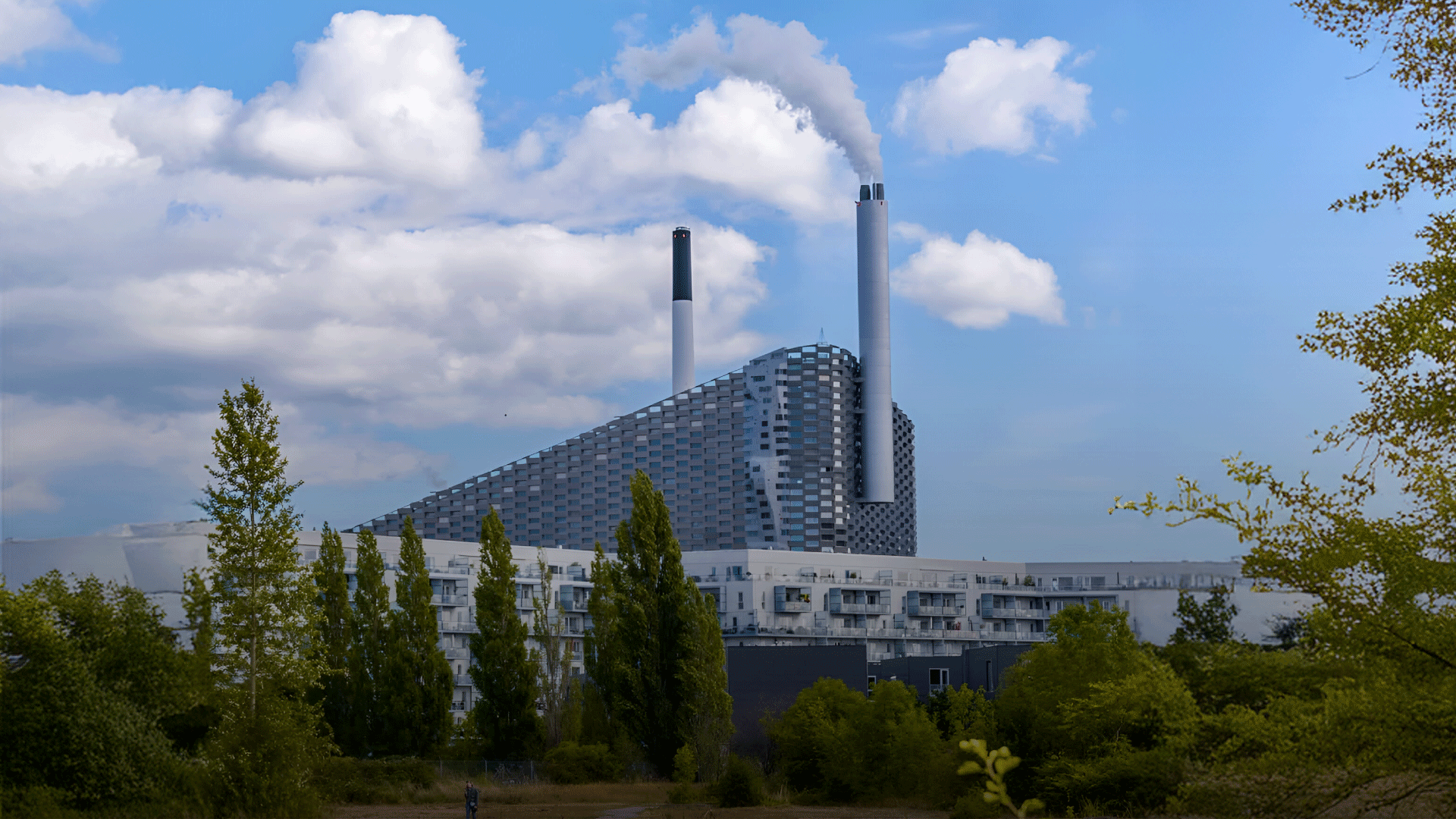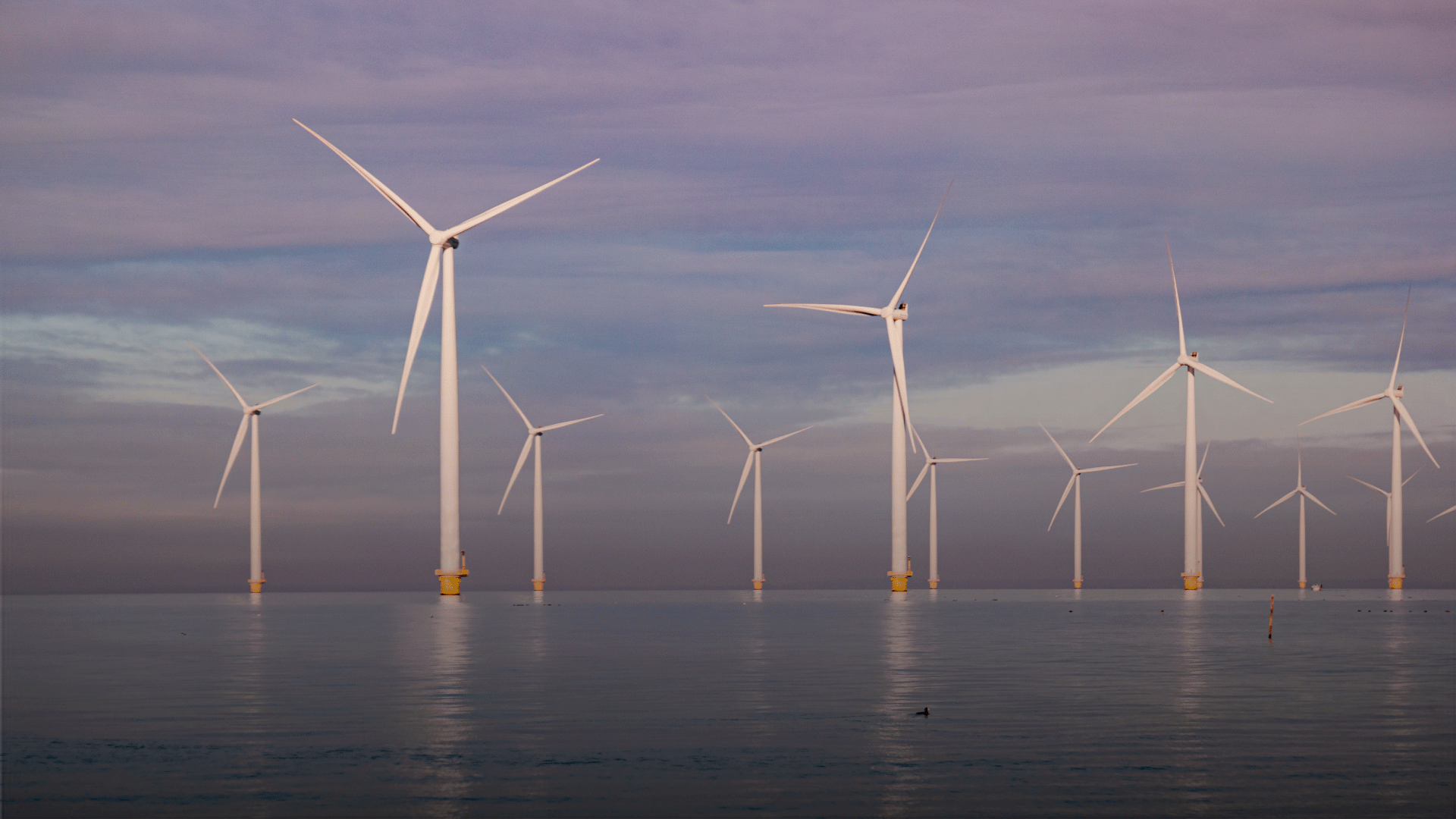The US Department of Energy (DOE), the White House Office of Science and Technology Policy (OSTP), and various federal agencies introduced The National Blueprint for a Clean and Competitive Industrial Sector. This comprehensive plan outlines five critical strategies for modernizing American manufacturing based on a private-sector-driven, government-supported framework.
It aligns with the Biden-Harris Administration’s goal of enhancing US manufacturing competitiveness, cutting emissions, and creating high-paying jobs.
Also read: US DOE Supports LongPath Technologies with $162.4M Loan Guarantee
Transforming US Manufacturing
David M. Turk, Deputy Secretary of Energy said, “Our manufacturing sector is expanding rapidly under President Biden’s leadership, employing millions of Americans while providing essential materials and products that people use every day.”
He added, “Implementing the strategies outlined in this Blueprint will improve public health, accelerate innovation to support U.S. international competitiveness, and create even more good-paying U.S. jobs.”
Also read: US DOE Announces Hydroelectric Facility Upgrades Across 33 States
Manufacturing: A Pillar of the US Economy
American manufacturing is a critical economic driver, contributing 12% to the annual GDP and employing millions. Known for generating innovation and supporting other sectors, manufacturing provides well-paying jobs that are often accessible without a four-year degree.
The Blueprint aims to transform US manufacturing into a cleaner, more resilient sector, addressing its energy intensity and role in contributing 20% of annual US greenhouse gas emissions.
It also seeks to strengthen national security by reducing dependence on foreign suppliers and addressing risks within the supply chain.
Strategies for Emission Reductions and Growth
The Blueprint outlines five strategies to reduce emissions while supporting growth: deploying low-carbon technologies, de-risking emerging solutions, and enhancing data-driven insights.
It advocates increasing R&D investment for transformative solutions and promoting life cycle integration to reduce emissions and minimize waste. These strategies aim to align federal efforts with private-sector innovation, fostering environmental sustainability and economic growth.
The Blueprint underscores the crucial role of investments in low-carbon industrial technologies in the future of American manufacturing. This coordinated federal effort seeks to position the US as a leader in sustainable industrial innovation amid global competition.




